
[Introduction] As you might have gathered from the previous text on Blizzard's brief history, multiplayer was a gamechanger. It's generally impossible to explain this to younger generations, as we live in completely different times. It's as if members of my generation asked their great-grandparents how they lived and communicated without radios and telephones (according to Google, the real popularity of telephones in Western Europe occurred in the 1960s and 1970s). What's more, we have more to talk about with our great-grandparents than our children do with our parents. My generation, and slightly older/younger gamers, co-created the foundations for today's world. We were the ones who tested everything through trial and error, the original network infrastructure. We co-created the rules, launched all the tournaments, and promoted the games that were fortunate enough to be showered with bags and buckets of sponsorship money. Apparently, everyone does this, depending on the industry, but in this case, I'm talking about a revolutionary change.



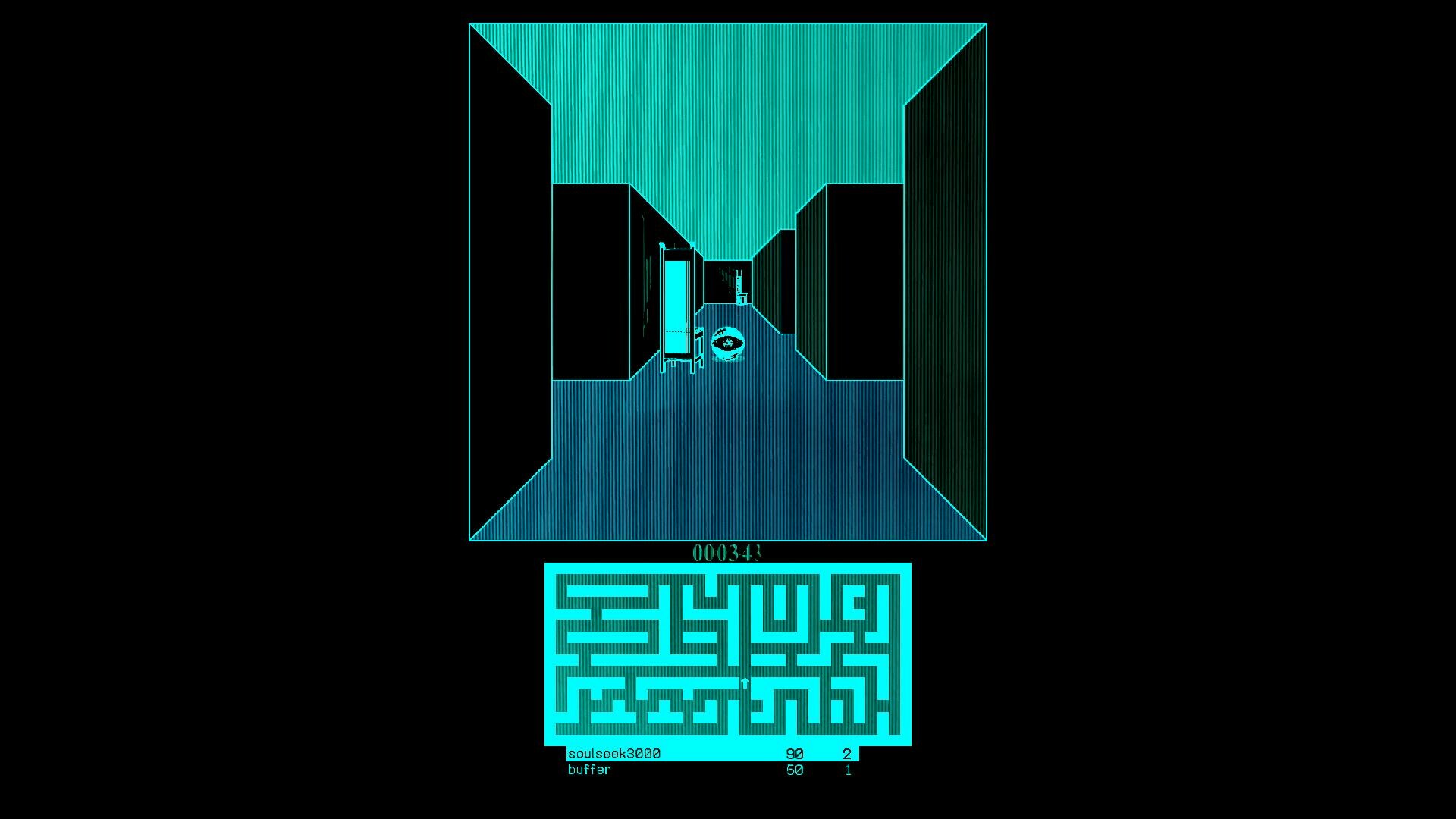
[Multiplayer before Doom] Although Doom 1 started the online gaming craze, it wasn't the first title of its kind. The story began 20 years earlier with Maze War. It was the first multiplayer game, and also the first program ever to feature first-person action. If you've ever seen videos showcasing the history of FPS games, you've probably noticed one with a particularly large number of different versions. Yes, that was Maze War. Players navigated a maze and had to shoot others. From what I can tell, computers connected via cables. The next game is also related to FPS games, but in a slightly different way. Or rather, a genre of games, as we're talking about MUDs (Multi-User Dungeons). These are text-based games, something like a digital RPG session. This genre emerged five years after Maze War's release and was the first to introduce the "living world" feature, which continued to evolve after players logged out. Why did I say it's related to first-person shooters? Because John Carmack and some of the Id Software team played it. When I saw the word "MUD" while researching, I immediately remembered the relevant passage from the book Masters of Doom. Google highlighted two more games, and I'll limit myself to just those. Why? I have no knowledge of the subject, and there's relatively little online material, so I don't want to lie to you. Snipes, released in 1983 for IBM, was one of the first commercial products of its kind. Three years later, Air Warrior, an air combat simulator, was released. It was later updated to a 3D version. Ultima Underworld: The Stygian Abyss also played a role in Carmack's inspiration. True, it's in terms of graphics, but who knows, maybe Doom wouldn't have been successful without it?
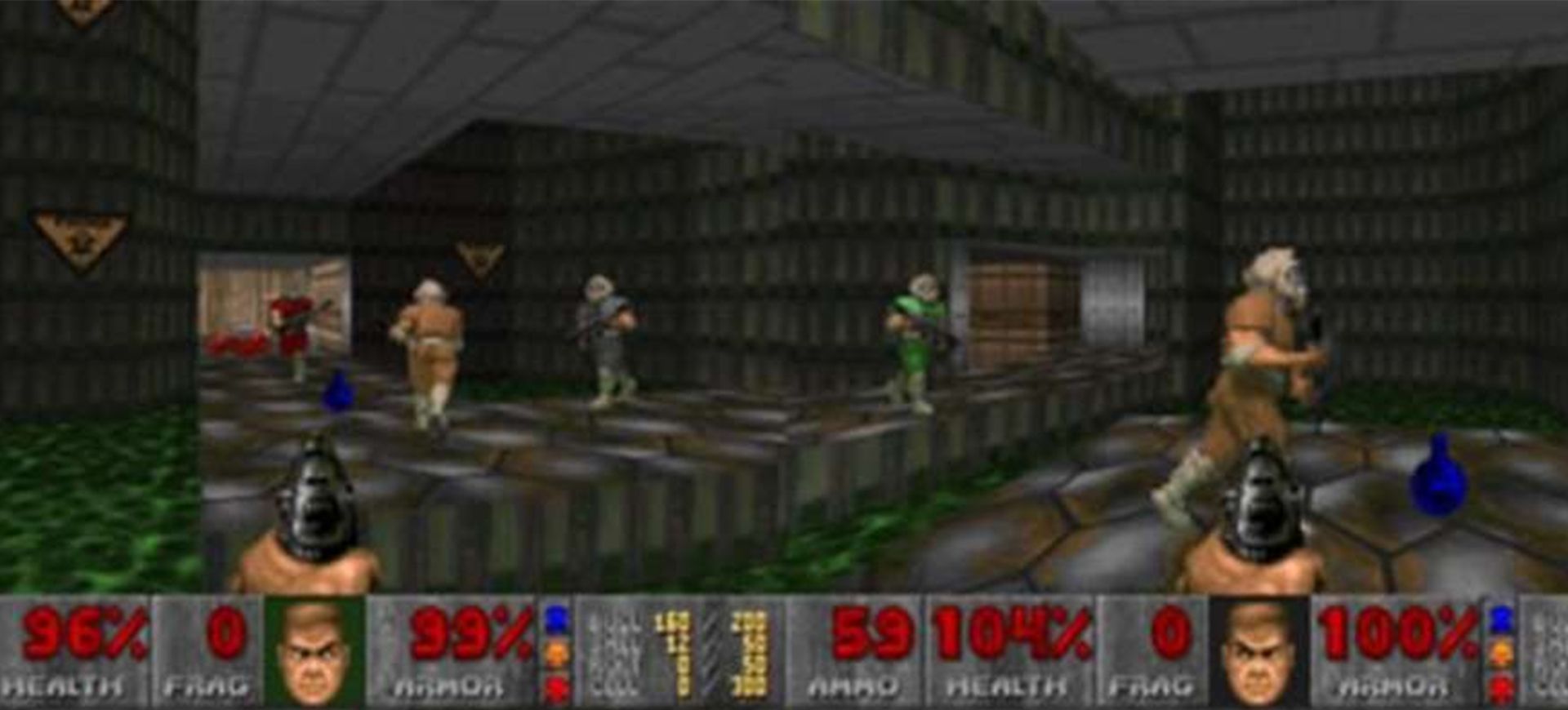
[Multiplayer after the Doom Era] Everything changed in the winter of 1993, when Id Software released its revolutionary product. Literally everything. The influence of Doom 1 is still visible to this day – replays, speedruns, the introduction and popularization of game modifications (Wolf 3D did this, but due to its archaic nature and its position at the crossroads of gaming history, it didn't have many options). The game popularized LAN and multiplayer gameplay. Thanks to Doom 1, we have Deathmatch, which was the basis of multiplayer FPS combat until the release of UT 1. It also allowed for cooperative level play, something that has been popular for several years. Like WarCraft 1, Doom 1 also introduced certain features to facilitate online play. I don't remember the details from the books, but I assume it's related to desynchronization. This problem stemmed from the fact that those with a better network connection had difficulty playing against those with a worse one. As for modern games, the latest Tekken has also added its own twist. In other words, a gamechanger for gaming, like the best Nintendo games.

As I like to say, the mass adoption of the internet was the second major moment in human history when we symbolically declared that "God is dead." This doesn't mean the end of belief in God, because science still can't prove He doesn't exist. The point is that, as humanity, we have reached a new level of development, and consequently, we have gained new opportunities. The internet has given us a lot of both cool and not-so-cool things. Since this is a text about gaming, I'll limit myself to that topic. Thanks to the internet, new "connections" emerged, not only in social matters, but also in sporting and economic matters. Multiplayer also influenced legislative matters (without going into detail – hate speech, digital assets, gambling, crimes – e.g., the notorious Roblox child-loving scandal). Social, competitive, and financial issues mutually fueled development, similar to piracy in the 1990s. This also applied to anime. Illegal titles were popular -> a legal distributor emerged, exploiting the "human infrastructure" to build their "network" on it -> business in various forms developed. Tournaments, more official publishers, greater capital, and increased game popularity. Now we weren't competing only at the city, state / land (Germany)/ voivodeship (Poland) / canton (Switzerland) level, but also at the continental, and then global, level. One cog drove another, and the third drove the first. Perpetuum Mobile. The consequence of all this (the development of the internet and communications, improved hardware configurations, and increased investment in the industry) is MMORPGs. In the future, MMOs will be partially cannibalized by live-service titles. On the other hand, MMO developers themselves have begun to move towards live-service games, just as RTS developers began creating MOBAs earlier.
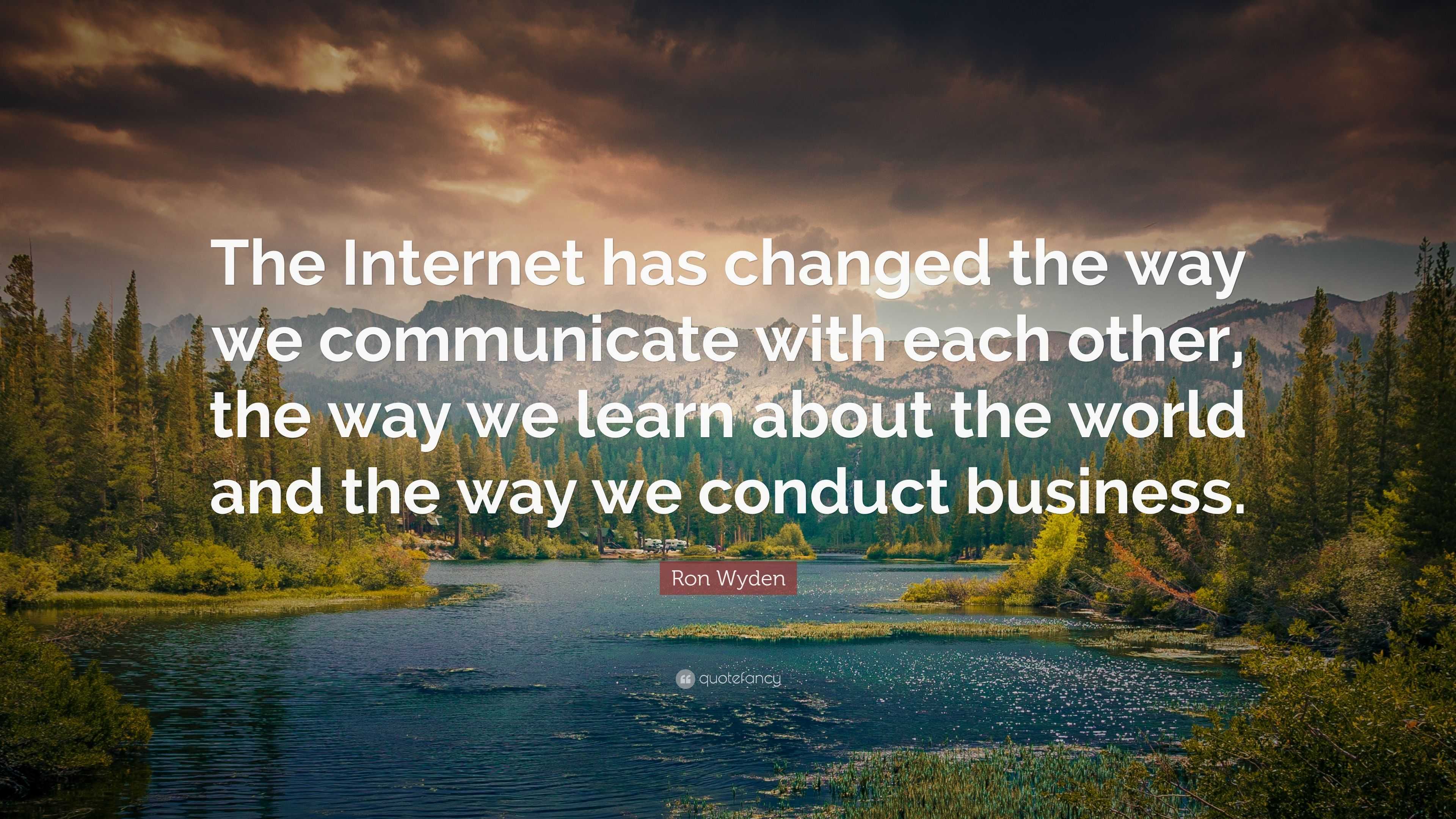
As I said, we see the internet's influence in every aspect of life. What, in my opinion, is the greatest? The speed of information transfer. If Putin farts loudly in the Arctic, the whole world knows about it within five minutes. Even though the internet was much slower in the mid-1990s than it is today, and even though poorer communities/companies/editorial offices only had one modem per XXX people (just like there used to be only one telephone or radio per village), this alone was enough. Developers received information faster, so they knew what to do and how to do it. It was easier for them to understand current and future trends. As a result, all gaming genres benefited. A consequence of improved communication is the emergence of a new market. Gaming is generating increasing profits year after year and is having a growing impact on other industries. Just as 30 years ago, the list of gaming celebrities was limited to a dozen or so, now a single, popular game has more than all the titles of 30 years ago. The flow of money has increased so much that even developers of bad games are profiting from it. I tried to include as many as possible to show how much things have changed in our lifetime. I apologize for the slight disjointedness in presenting the information.
[Multiplayer in Diablo 1 & 2] Although WarCraft 2 was a successful online game, I'm leaving that segment out. WarCraft 2 introduced some innovations (it was here that the first attempts at developing the map editor and map, which would later become UMS (Use Map Settings) and AoS (Aeon of Strife), and then the foundation of MOBA games) and still enjoys a certain popularity. Besides, I mentioned this in one of the previous installments.


Unfortunately, due to my lack of knowledge, I must focus on my own impressions. Forgive me, I tried my best. Let me start with a small disclaimer. The creator of Diablo 1 was not one of the people to whom we owe the creation of Battle.Net. Not in the way I presented it. My mistake stemmed from my lack of knowledge about Diablo. David Brevik's game helped popularize Blizzard's service and fix its problems, but the entire concept for the platform is 100% due to the creators of WarCraft and StarCraft. Multiplayer wasn't originally planned for Diablo 1, and if the decision hadn't been made to expand the game to include this mode, it likely wouldn't have been so popular. I've already mentioned the story of a schoolmate who, over 20 years ago, acquired two items worth a total of 2,000 złoty (approximately). Adjusting for inflation, that's almost $800 today! The demand for item trading was so high that special websites were created to facilitate the entire process. I don't know the details, but I'm guessing the exchange was based on a meeting at a neutral location and the use of the Exchange/Trade mechanic, as is common in these types of games. As I said, where money flows, there's money to be made. As Jacek Bartosiak once said, it's one of the oldest trading rules, one that was created before anyone even thought about writing them down. Because the game was created at a time when we didn't have modern tools for measuring player counts, we don't know how many players actually played online. We do know two things: Diablo 1 was etched in players' minds because of its multiplayer, and the sequel only enhanced that.

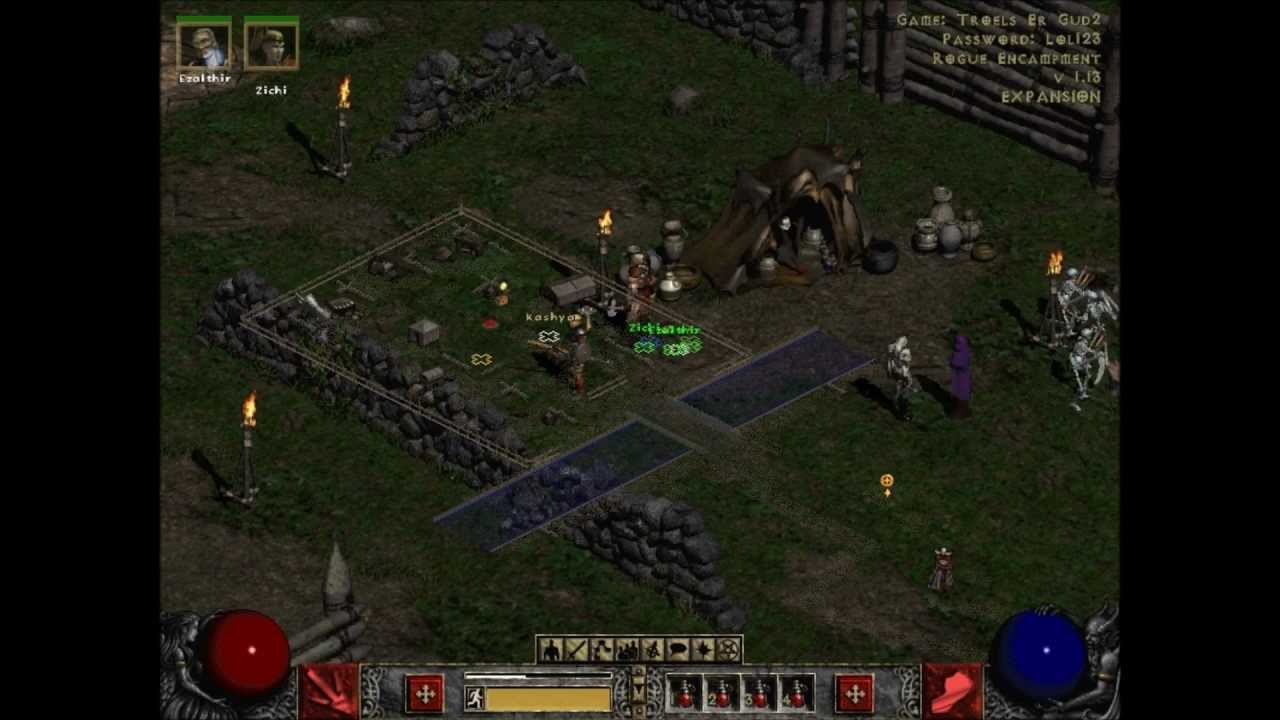
Therefore, the multiplayer mode was treated equally to the single-player mode from the start. Therefore, certain changes were made that significantly reduced the number of hacks. For example, characters resided on Blizzard servers and had to log in every 90 days. As for other changes, certain spells were balanced or changed. This stems from players having it too easy. No one in Diablo 1's era thought about gameplay balance. Back then, it was all about having fun. I didn't touch on this in the previous post, and the devil is in the details. Back in high school, a friend started a conversation about online gaming and cheating. I intervened, advising him against using map hacks (he claimed "some" people use them – he was right). He started claiming I was talking nonsense, even though I'd spent thousands of hours on WarCraft 3 servers. The friend from the previous paragraph came to my rescue, confirming my words and explaining why some people weren't caught by security. It's IMPOSSIBLE to secure everything without at least partially restricting access (that's how Half-Life 2's code was leaked, which is why key gameplay/code elements, or ideally all code, are created on the company's internal network). Dishonest players used software that exposed the map (or its key elements – that alone was enough for professionals), which exploited security holes. Blizzard activated the scan at different times, and if someone was caught red-handed, their account was banned. So if you were wondering where your friends who were in the game every day until recently disappeared, you now know what happened to them.
Although the ladder/ranked mode was likely invented (or popularized) by the creators of StarCraft 1, it was also used in Diablo 2. It's likely they popularized the length of ladder seasons. The point is, they don't last a full year, like in some sports. From what I've seen, they can sometimes last longer than a year.

[Diablo 3 - Blizzard North Initial Version] What was Brevik's vision? Diablo 3 was supposed to be an MMO with a strong emphasis on PvP combat and a faction system. Does it remind you of WoW? Me too, and I only learned about it for this article. However, I heard about it when Blizzard South released "their version" of Diablo 3. Generally, the more I read about the failed Diablo 3, the more I see how many solutions Blizzard borrowed. Of course, Brevik isn't the author, but Blizzard was developing its grand game and had the solutions at hand. The action was to be set in Heaven, which is under attack by hellish forces. This version was confirmed several times by various studio employees and screenshots published in 2011. Indeed, something like this happened, but I don't remember how my friends reacted. The game was supposed to switch to a 3D engine, but retain the atmosphere of the 2D version.
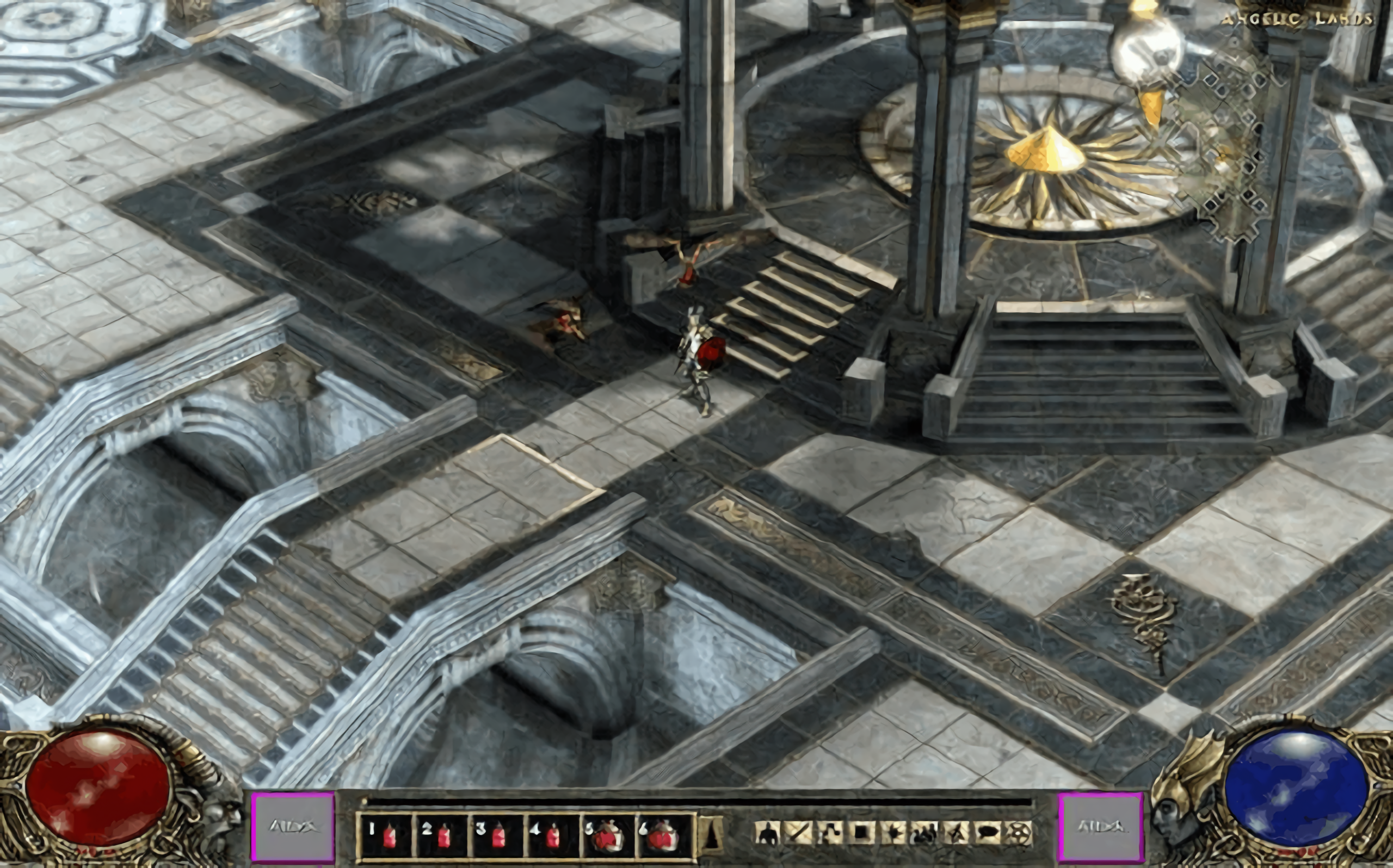
Why wasn't this vision realized? For several reasons. First and foremost, Blizzard was developing World of Warcraft and didn't want the two titles to compete with each other. From what I discovered during my research, Blizzard had no clue how their potential hit would pan out. Therefore, they acted like a toxic boss—sacrificing a rather secure project for their own. It was also important that Diablo 3's success could have led them to become independent, and Blizzard didn't want to give up the goose that lays the golden eggs. That's why they pressured Brevik to make "just another Diablo 2" instead of further developing their series. History has shown they made the right business decision, but they behaved rather poorly towards their colleagues at B. North. Well, business is business, the stronger always devour the weaker. There was also another reason – the lead developers feared that selling their company would result in the new bosses limiting their artistic freedom. So they left the studio in 2003 and founded Flagship Studios. They released Hellgate: London, which didn't have a great launch due to its ambitious plans and bugs (Blizzard, however, could have been useful – for example, optimizing the game's code). Four years later, they released Mythos, and that was the end of their story.
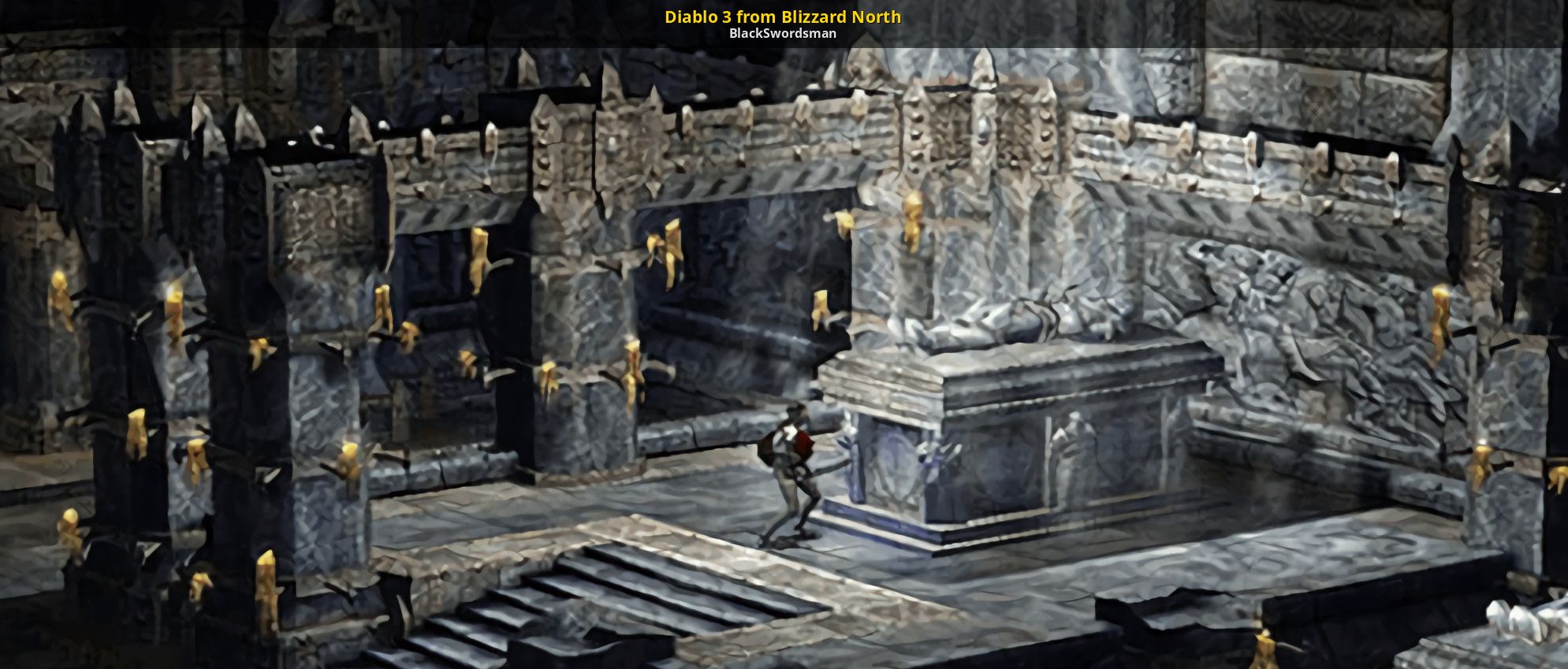
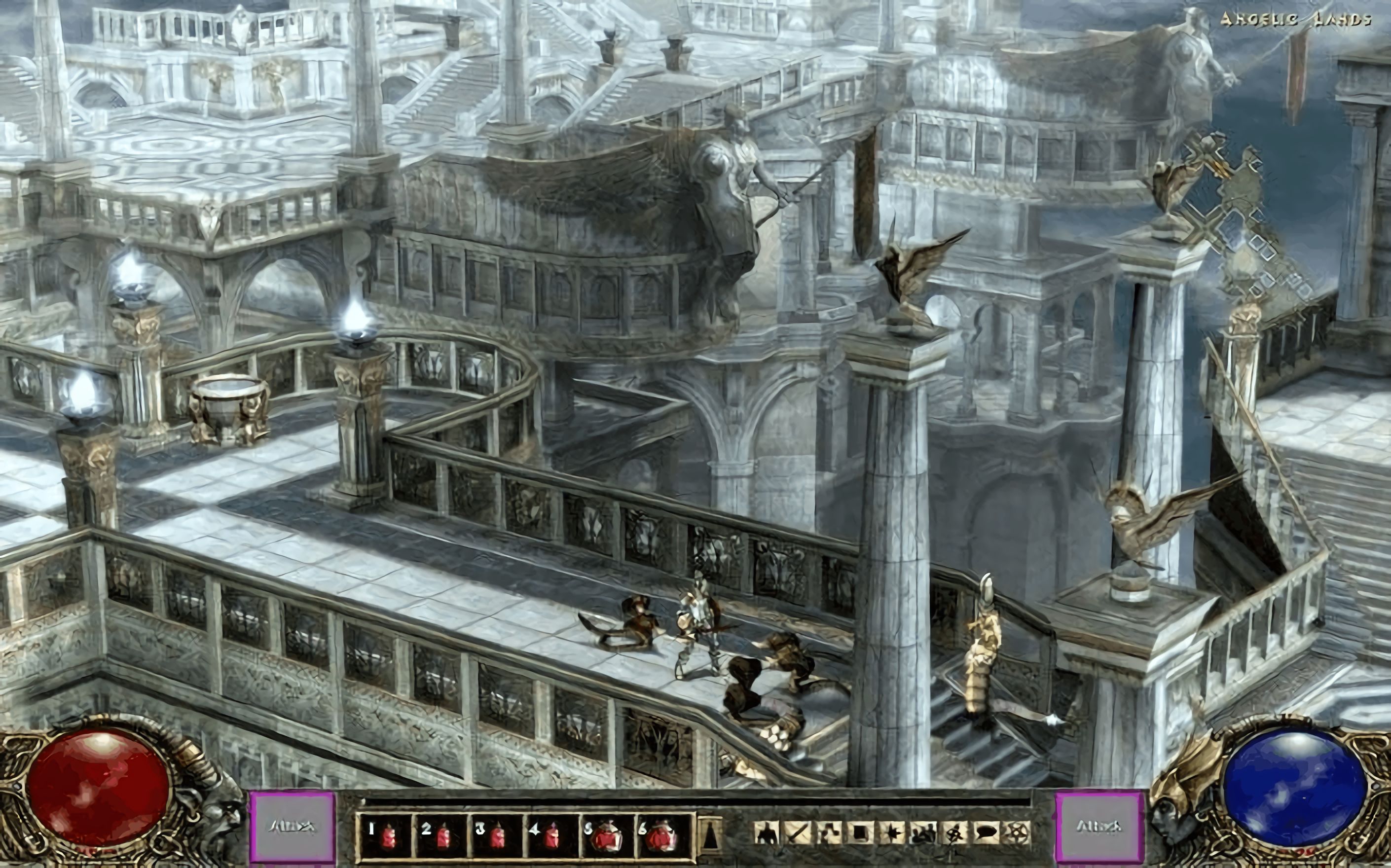
The studio closed in 2005, four years after beginning work. By 2003, several monster models and two 3D engines had been created. A few months later, a playable demo was released, adding a few items, a few dungeon levels, a character class, and a few additional monsters. The parent studio constantly pressured Blizzard North to implement their vision, which increased the frustration of the Diablo 3 developers. Some employees wanted to comply for peace, while others wanted to finish the ambitious project. As a result, new changes were constantly being introduced, while old solutions were being scrapped. At the time of the scrapping, the code was 33% complete. Eventually, development was transferred to the main studio, and the project we now know as Diablo 3 was born.
That's all for now. In the next installment, I'll cover StarCraft 1 and WarCraft 3. Initially, I was going to include WoW, but I have too much to say about the two previous titles.
https://medium.com/@amol346bhalerao/how-online-multiplayer-games-took-over-the-world-08830e181986
https://gameopedia.com/blogs/the-rise-of-online-multiplayer
https://www.youtube.com/watch?v=CF9XKRWnsTY
https://diablo.fandom.com/wiki/Diablo_III_(Blizzard_North)
https://hardforum.com/threads/new-book-remembers-lan-parties-and-the-1990s-multiplayer-revolution.2034099/
https://www.reddit.com/r/Tekken/comments/wqjfyf/pingrtt_delay_frames_and_rollback_frames_now/
https://www.buzzfeednews.com/article/pranavdixit/lan-parties
https://gamebanana.com/blogs/19222
https://quotefancy.com/quote/1476624/Ron-Wyden-The-Internet-has-changed-the-way-we-communicate-with-each-other-the-way-we
https://www.reddit.com/r/Diablo/comments/11w1pby/diablo_1_multiplayer_still_active_in_2023_played/?tl=pl
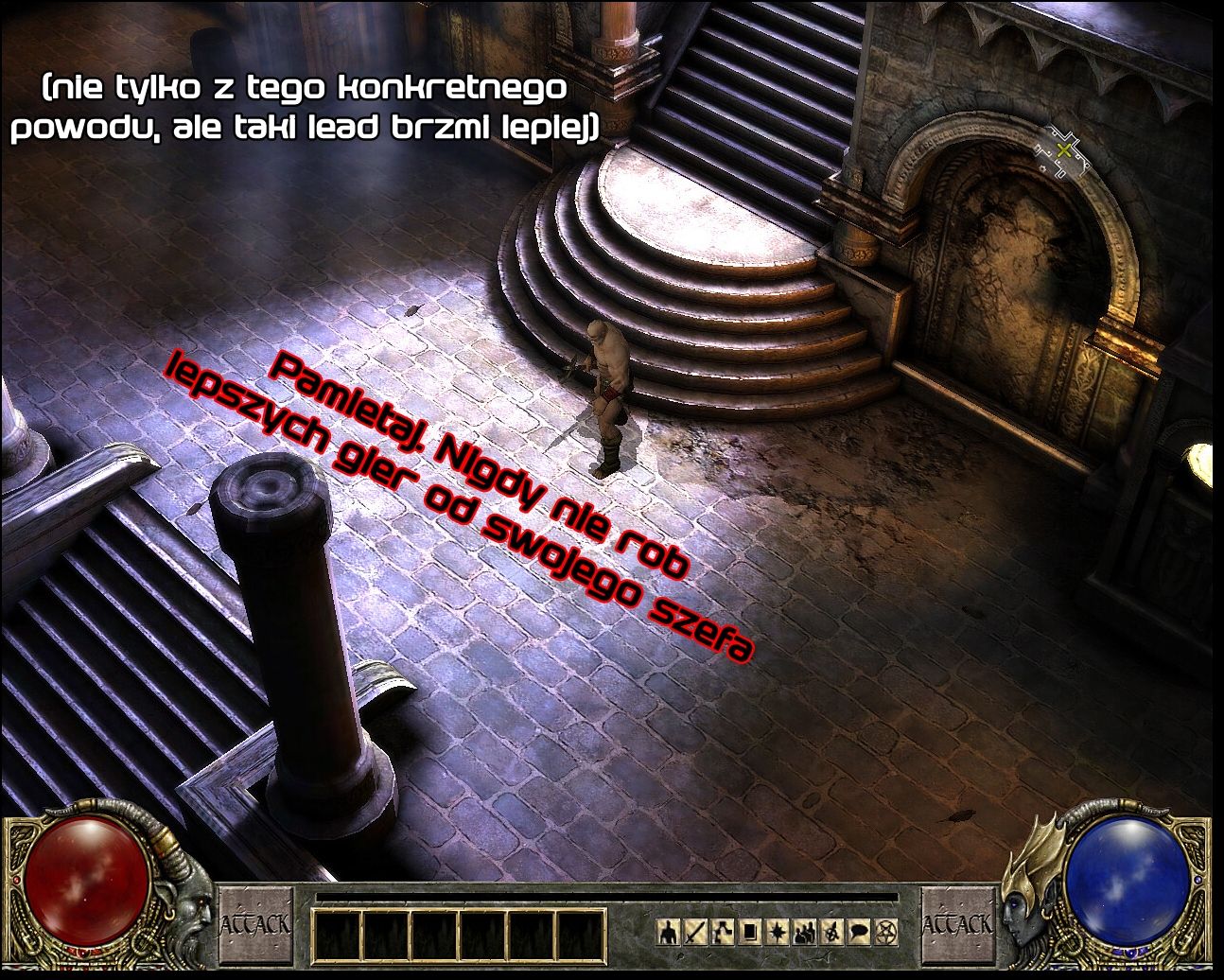
[Wstęp] Jak mogliście wywnioskować z poprzedniego tekstu o skróconej historii Blizzarda, Multiplayer był gamechangerem. Generalnie to nie da się tego wyjaśnić młodym pokoleniom, bo żyjemy w zupełnie innych czasach. To tak, jakby przedstawiciele mojego pokolenia zapytali swoich pradziadków, jak żyli i komunikowali się bez radia i telefonów (z tego co mówi Google - W Europie Zachodniej prawdziwe upowszechnienie telefonów przypadło na lata 60. i 70. XX wieku). Powiem więcej, mamy więcej tematów do rozmowy z naszymi pradziadkami niż nasze dzieci z naszymi rodzicami. Moje pokolenie oraz nieco starsi / młodsi gracze, współtworzyliśmy fundamenty pod dzisiejszy świat. To my testowaliśmy wszystko metodą prób i błędów pierwotną infrastrukturę sieciową. To my współtworzyliśmy zasady, rozpowszechnialiśmy wszystkie turnieje, promowaliśmy gry, które miały szczęście być obsypane workami i wiadrami z pieniędzmi sponsorów. Niby robią to wszyscy ludzie, w zależności od gałęzi przemysłu, ale w tym przypadku mówię o rewolucyjnej zmianie.




[Multiplayer przed erą Doom] Choć to Doom 1 rozpoczął szał na granie przez sieć, to nie był to pierwszy tytuł tego typu. Historia zaczęła się 20 lat wcześniej wraz z grą Maze War. Była to pierwsza produkcja Multiplayer, a jednocześnie pierwszy program w historii pokazujący akcję z perspektywy 1 osoby. Jeśli kiedyś widzieliście filmiki pokazujące historię gier FPS, pewnie zauważyliście jedną mającą wyjątkowo wiele różnych wersji. Tak, to było Maze War. Gracze poruszali się po labiryncie i musieli zastrzelić innych. Z tego co widzę, komputery łączyły się przez kable. Kolejna produkcja również wiąże się z grami FPP, ale w nieco inny sposób. A w zasadzie gatunek gier, bo mowa o MUD (Multi-User Dungeon). Są to gry bazujące na tekście, coś jak sesja gier RPG w cyfrowej formie. Ten gatunek powstał 5 lat po premierze Maze War i jako pierwszy wprowadził opcję "żyjącego świata", który nie przestawał się rozwijać po t